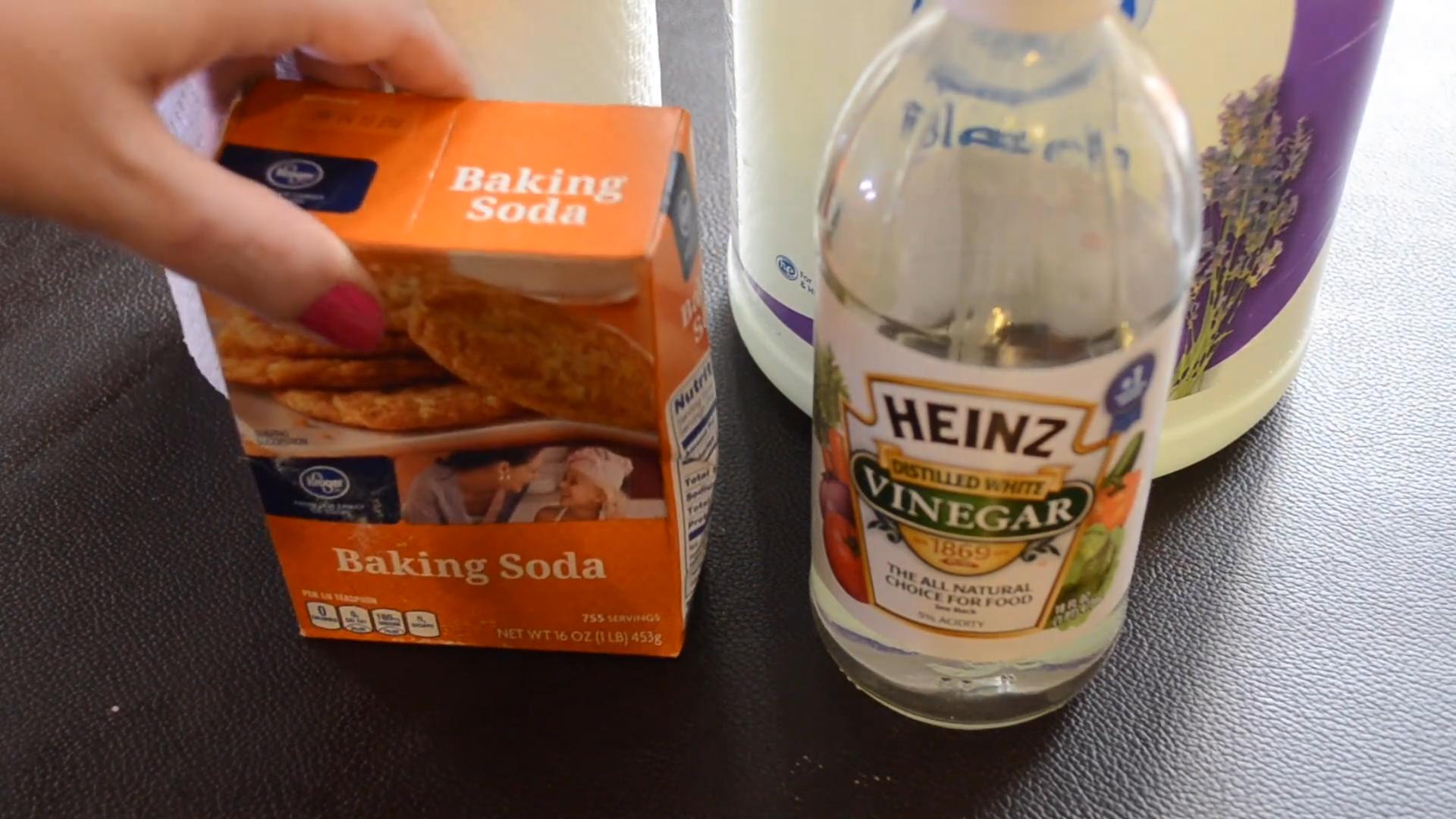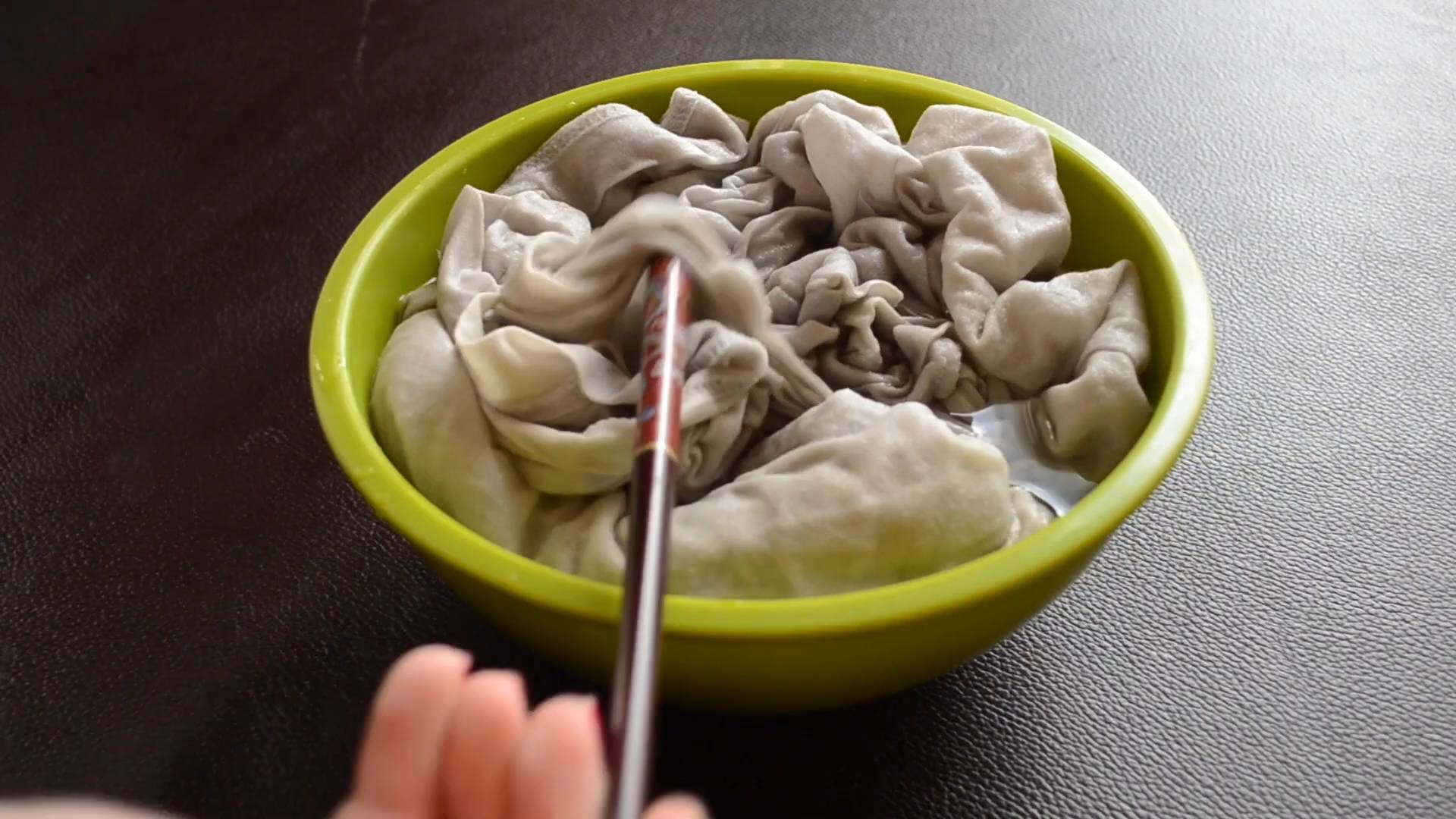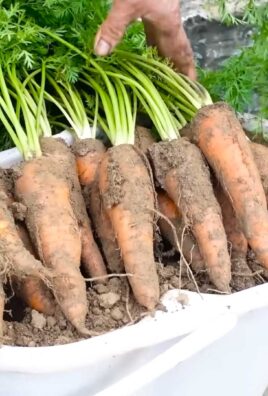Red wine stain removal can feel like an impossible feat, especially when that crimson tide crashes onto your favorite rug or pristine white shirt! But fear not, fellow wine enthusiasts and accident-prone individuals, because I’m here to arm you with the ultimate DIY guide to banishing those dreaded red wine stains for good.
Throughout history, wine has been a symbol of celebration, relaxation, and good times. From ancient Roman feasts to modern-day dinner parties, this beloved beverage has always been at the heart of social gatherings. Unfortunately, along with the joy it brings, wine also carries the potential for messy mishaps. Red wine stains, in particular, have plagued households for centuries, leaving many wondering how to salvage their cherished belongings.
Let’s face it, accidents happen. Whether it’s a clumsy guest, an overzealous toast, or simply a moment of distraction, that deep red splash can send shivers down your spine. But before you resign yourself to a permanent stain, know that you have options! This DIY guide is packed with simple, effective, and budget-friendly tricks to tackle red wine stain removal head-on. I’ll walk you through proven methods using common household items, so you can confidently conquer those spills and keep your home looking its best. Say goodbye to panic and hello to stain-free serenity!

DIY Red Wine Stain Removal: A Comprehensive Guide
Okay, so you’ve spilled red wine. Don’t panic! It happens to the best of us. The key is to act fast. The longer the stain sits, the harder it will be to remove. I’m going to walk you through several methods I’ve personally used and found effective. Let’s get that stain out!
Immediate Action: Blot, Don’t Rub!
Before we dive into specific methods, there’s one golden rule: blot, don’t rub! Rubbing will only spread the stain and grind it deeper into the fibers. Grab a clean cloth or paper towel and gently blot the affected area, working from the outside in. This will help absorb as much of the wine as possible before it sets.
Method 1: Salt Power!
This is my go-to method for fresh stains, especially on carpets and upholstery. Salt is surprisingly absorbent and can draw the wine out.
Materials You’ll Need:
* Plenty of salt (table salt works fine, but kosher salt is even better because of its larger granules)
* Clean cloths or paper towels
* Vacuum cleaner (for carpets)
Step-by-Step Instructions:
1. Blot the Excess Wine: As mentioned before, start by blotting up as much of the spilled wine as you can with a clean cloth or paper towel. Apply firm pressure, but avoid rubbing.
2. Cover the Stain Generously with Salt: Completely cover the red wine stain with a thick layer of salt. Don’t be shy! You want the salt to absorb as much of the remaining wine as possible.
3. Wait Patiently: This is the crucial part. Let the salt sit on the stain for several hours, or even overnight. You’ll notice the salt gradually turning pink as it absorbs the wine.
4. Vacuum or Brush Away the Salt: Once the salt has done its job, vacuum it up thoroughly if you’re dealing with a carpet or upholstery. If it’s on clothing, you can brush the salt off.
5. Inspect and Repeat if Necessary: Check the stained area. If the stain is still visible, repeat the process. You might need to apply salt a second or even a third time for stubborn stains.
6. Final Clean: After the salt treatment, you can clean the area with a damp cloth to remove any remaining salt residue. Let it air dry completely.
Method 2: Boiling Water Technique
This method works best on fabrics that can withstand high temperatures, like tablecloths or sturdy clothing. Always check the fabric care label before using this method! Delicate fabrics like silk or wool might be damaged.
Materials You’ll Need:
* A large pot of boiling water
* A large bowl or container
* Rubber bands
* Clean cloths
Step-by-Step Instructions:
1. Stretch the Fabric: Stretch the stained fabric tightly over the bowl or container, securing it with rubber bands. Make sure the stained area is directly over the opening of the bowl.
2. Pour Boiling Water: Carefully pour boiling water from a height of about a foot directly onto the stain. The force of the water will help flush the wine out of the fabric.
3. Observe and Repeat: Watch as the stain disappears. You might need to repeat the process several times, pouring more boiling water until the stain is completely gone.
4. Launder as Usual: Once the stain is removed, launder the fabric as usual, following the care label instructions.
Method 3: Club Soda to the Rescue!
Club soda is another great option for fresh red wine stains. The carbonation helps lift the stain from the fibers.
Materials You’ll Need:
* Club soda
* Clean cloths or paper towels
Step-by-Step Instructions:
1. Blot the Excess Wine: As always, start by blotting up as much of the spilled wine as possible.
2. Pour Club Soda: Pour club soda directly onto the stain, saturating the affected area.
3. Blot Again: Blot the stain with a clean cloth or paper towel, working from the outside in.
4. Repeat as Needed: Repeat the process of pouring club soda and blotting until the stain is gone or significantly faded.
5. Launder or Clean: Launder the fabric as usual or clean the upholstery with a damp cloth.
Method 4: White Wine to Fight Red Wine? Yes!
It sounds counterintuitive, but white wine can actually help remove red wine stains! The alcohol in the white wine helps dilute the red wine, making it easier to blot up.
Materials You’ll Need:
* White wine (any inexpensive white wine will do)
* Clean cloths or paper towels
Step-by-Step Instructions:
1. Blot the Excess Wine: Start by blotting up as much of the spilled red wine as possible.
2. Pour White Wine: Pour white wine generously over the red wine stain.
3. Blot Again: Blot the stain with a clean cloth or paper towel, working from the outside in.
4. Follow Up with Another Method: After using the white wine, follow up with another method, such as salt, club soda, or boiling water, for best results.
Method 5: Baking Soda Paste for Stubborn Stains
If the stain has been sitting for a while or is particularly stubborn, a baking soda paste can be effective.
Materials You’ll Need:
* Baking soda
* Water
* Clean cloth or sponge
Step-by-Step Instructions:
1. Make a Paste: Mix baking soda with a small amount of water to create a thick paste.
2. Apply the Paste: Apply the baking soda paste to the red wine stain, covering it completely.
3. Let it Dry: Allow the paste to dry completely. This may take several hours or even overnight.
4. Vacuum or Brush Away: Once the paste is dry, vacuum it up or brush it off.
5. Clean with a Damp Cloth: Clean the area with a damp cloth to remove any remaining baking soda residue.
Method 6: Hydrogen Peroxide and Dish Soap (Use with Caution!)
This method is powerful, but it can also lighten or discolor fabrics, so test it in an inconspicuous area first! I only use this as a last resort.
Materials You’ll Need:
* 3% hydrogen peroxide
* Dish soap (clear or white is best)
* Clean cloth or sponge
* Spray bottle (optional)
Step-by-Step Instructions:
1. Test in an Inconspicuous Area: Before applying the mixture to the stain, test it on a hidden area of the fabric to ensure it doesn’t cause discoloration.
2. Mix the Solution: Mix equal parts hydrogen peroxide and dish soap in a bowl or spray bottle.
3. Apply to the Stain: Apply the mixture to the red wine stain, either by pouring it directly onto the stain or spraying it on.
4. Let it Sit: Let the mixture sit on the stain for 20-30 minutes.
5. Blot and Rinse: Blot the stain with a clean cloth or sponge, then rinse the area thoroughly with water.
6. Launder or Clean: Launder the fabric as usual or clean the upholstery with a damp cloth.
Important Considerations:
* Act Fast: The sooner you treat the stain, the easier it will be to remove.
* Test in an Inconspicuous Area: Before using any cleaning solution, test it on a hidden area of the fabric to ensure it doesn’t cause discoloration.
* Avoid Heat: Do not put stained fabric in the dryer until you’re sure the stain is completely gone. Heat can set the stain permanently.
* Professional Cleaning: For valuable or delicate items, consider taking them to a professional cleaner.
Dealing with Old Red Wine Stains
Old red wine stains are definitely more challenging, but not impossible to remove! You might need to combine several of the methods I’ve described above. For example, you could try soaking the stained fabric in a solution of cold water and laundry detergent overnight, then follow up with the baking soda paste or hydrogen peroxide method. Be patient and persistent!
Preventing Future Stains
Okay, let’s be honest, accidents happen. But here are a few tips to minimize the risk of future red wine spills:
* Use Stemless Wine Glasses: They’re less likely to tip over.
* Consider a Wine Stain Remover Spray: Keep a bottle of wine stain remover spray on hand for quick action.
* Be Mindful: Pay attention to your surroundings and avoid placing wine glasses near the edge of tables.
I hope these

Conclusion
So, there you have it! This simple, yet incredibly effective, DIY trick for red wine stain removal is a game-changer for anyone who enjoys a glass of vino (and who doesn’t?). No more panicking when that inevitable spill happens. No more hiding your favorite tablecloth because of a lingering pinkish hue. This method, using readily available household ingredients, offers a powerful and affordable alternative to expensive stain removers, often laden with harsh chemicals.
Why is this a must-try? Because it works! We’ve tested it, our friends have tested it, and the results speak for themselves. It’s quick, easy, and minimizes the risk of damaging your precious fabrics. Think of the money you’ll save on professional cleaning bills and replacement items. More importantly, think of the peace of mind knowing you have a reliable solution at your fingertips.
But don’t just take our word for it. We encourage you to experiment and find what works best for you. For instance, if you’re dealing with a particularly stubborn stain on a delicate fabric, you might want to pre-test the solution on an inconspicuous area first. You could also try adding a small amount of dish soap to the baking soda paste for an extra boost of cleaning power. For older, set-in stains, multiple applications may be necessary. Consider using a soft-bristled brush to gently work the paste into the fibers.
Another variation to consider is using club soda instead of water to create the paste. The carbonation in club soda can help lift the stain from the fabric. Remember to blot, not rub, the stain to prevent it from spreading.
Ultimately, the key to successful red wine stain removal is acting quickly. The sooner you treat the stain, the better your chances of completely eliminating it. So, keep this DIY trick in mind, and be prepared to tackle any future spills with confidence.
We’re confident that this method will become your go-to solution for red wine mishaps. But we also want to hear from you! Try this DIY trick and share your experience in the comments below. Did it work for you? Did you try any variations? What were your results? Your feedback will help other readers and contribute to a community of stain-fighting experts. Let’s conquer those red wine stains together! Don’t let a little spill ruin your evening – or your favorite outfit. With this simple trick, you can enjoy your wine without the worry. Cheers to stain-free living!
Frequently Asked Questions (FAQ)
Q: What kind of red wine stains does this DIY trick work on?
A: This DIY method is effective on most types of red wine stains, including those from Cabernet Sauvignon, Merlot, Pinot Noir, and other popular varieties. It works best on fresh stains but can also be used on older, set-in stains, although multiple applications may be necessary. The success rate can vary depending on the type of fabric and the age of the stain, but it’s definitely worth trying before resorting to more drastic measures.
Q: What if I don’t have baking soda? Are there any alternatives?
A: While baking soda is the preferred ingredient due to its absorbent and mild abrasive properties, you can try using salt as an alternative. Generously cover the stain with salt immediately after the spill. The salt will help absorb the wine before it sets. Vacuum up the salt after it has absorbed as much wine as possible, then proceed with cleaning as usual. Cornstarch is another option, working similarly to baking soda and salt by absorbing the liquid. However, baking soda is generally considered the most effective and readily available option.
Q: Will this DIY trick work on all types of fabrics?
A: This method is generally safe for most washable fabrics, including cotton, linen, and synthetic blends. However, it’s always a good idea to test the solution on an inconspicuous area first, especially when dealing with delicate fabrics like silk or wool. For these more delicate materials, consider consulting a professional cleaner to avoid any potential damage. If you’re unsure about the fabric content, err on the side of caution and seek professional advice.
Q: How long should I leave the baking soda paste on the stain?
A: The duration depends on the severity and age of the stain. For fresh stains, leaving the paste on for 30 minutes to an hour is usually sufficient. For older, more stubborn stains, you may need to leave it on for several hours or even overnight. Check the paste periodically to see if it’s absorbing the stain. If the paste dries out, you can lightly dampen it with water.
Q: Can I use this method on upholstery?
A: Yes, this method can be used on upholstery, but with some modifications. Instead of rinsing the area with water, use a clean, damp cloth to blot away the baking soda paste. Avoid over-wetting the upholstery, as this can lead to water stains or mildew. You may need to repeat the blotting process several times to remove all traces of the paste. Ensure the upholstery is completely dry before using it again. Consider using a fan to speed up the drying process.
Q: What if the stain is still visible after trying this DIY trick?
A: If the stain is still visible after the initial treatment, repeat the process. You may need to apply the baking soda paste multiple times, especially for older or more stubborn stains. You can also try adding a small amount of dish soap to the paste for an extra boost of cleaning power. If the stain persists after several attempts, consider using a commercial stain remover specifically designed for red wine stains. As a last resort, consult a professional cleaner.
Q: Does this method work on white clothing?
A: Yes, this method can work on white clothing. However, be extra cautious to ensure all traces of the baking soda paste are removed, as any residue can leave a white mark. After rinsing or blotting, you may want to wash the garment as usual with a color-safe bleach to brighten the fabric and remove any remaining stain. Always check the garment’s care label before using bleach.
Q: How quickly do I need to act after the spill happens?
A: The sooner, the better! Acting quickly is crucial for successful red wine stain removal. Fresh stains are much easier to remove than older, set-in stains. The longer the wine sits on the fabric, the more it will penetrate the fibers and become more difficult to remove. So, as soon as the spill happens, grab your baking soda and get to work!
Q: Will this method damage my clothing?
A: This method is generally considered safe for most fabrics, but there’s always a slight risk of damage, especially with delicate materials. That’s why it’s important to test the solution on an inconspicuous area first. Avoid rubbing the stain vigorously, as this can damage the fibers. Use a gentle blotting motion instead. If you’re concerned about potential damage, consult a professional cleaner.
Q: Can I use this method on colored clothing?
A: Yes, you can use this method on colored clothing, but it’s essential to test the solution on an inconspicuous area first to ensure it doesn’t cause any color fading. If you notice any color change, discontinue use and try a different method or consult a professional cleaner. Using cold water is also recommended, as hot water can set the stain and cause colors to bleed.





Leave a Comment